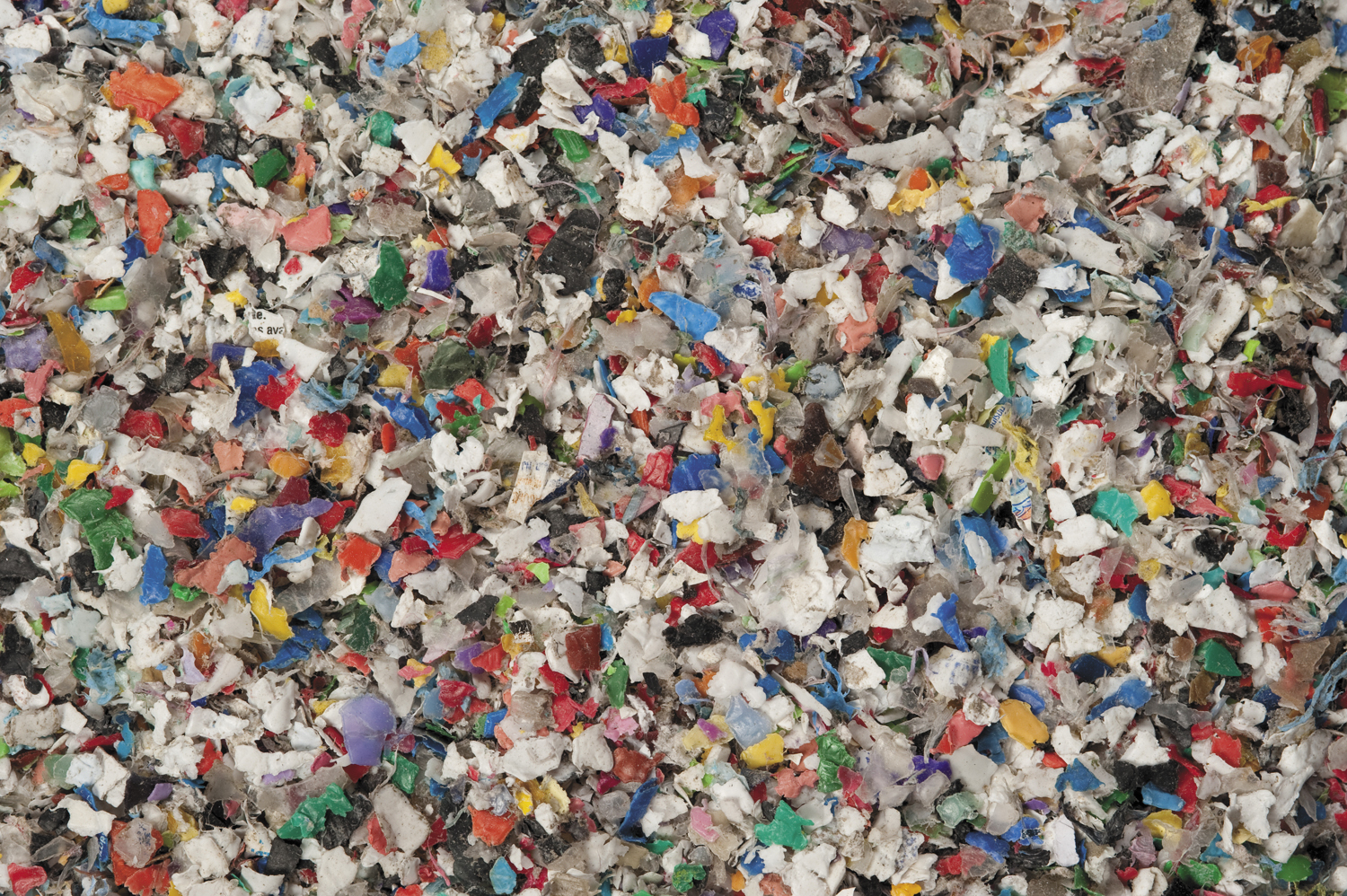Top Eco-Friendly Building Materials

As people continue to deplete finite resources and produce more waste, it becomes more important to make efforts towards greater sustainability. Building construction is a large professional field that will always have a demand, so it is a good place to make changes that will benefit the environment. Switching out traditional materials for some of the top eco-friendly building materials is a way to recycle and use resources that are easier to supply. If you’re concerned about the environment, think of ways to include these materials in your future projects.
Bamboo as an Eco-Friendly Building Material
Bamboo quite literally makes for a strong choice because it can take a high amount of tension or force relative to its weight. It’s easy to transport since it doesn’t weigh much, unlike other materials, and it can give a structure a beautiful, natural touch in its wood-like design. Perhaps its greatest feature is that it grows quickly, and people can raise it all over the world. You don’t need to wait several years for bamboo to replenish itself, as you would for trees. One thing to note, though, is that bamboo needs chemical treatment to resist decay and decomposing organisms.
Precast Concrete
Everyone has seen buildings made of concrete. Construction companies often pour it onsite into the shapes they need and then arrange it into the desired structure. With precast concrete, the material slabs are already formed and hardened at a factory. Builders select the pieces they require and move them to their job site. Each precast concrete block is hollow or filled with another material which acts as an insulator, such as foam. Precast concrete thus requires less energy to transport and assemble and includes less concrete than traditional methods, thereby saving material that is not needed.
Plastic Lumber
For outdoor structural applications such as retaining walls, boardwalks, decks, and dock-protecting marine bumpers, plastic lumber is a perfect material. Plastic lumber is strong enough to withstand great loads and abrasion, as the manufacturer can reinforce it with fiberglass. Constant water exposure will not damage plastic lumber since it is composed primarily of HDPE. You have less need to replace plastic lumber and use additional resources due to these properties. Moreover, there is no risk that the sealant chemicals used to protect normal lumber from rot will pollute nearby soil or waters. Finally, plastic lumber is formed from recycled plastic products, and you can recycle it again if you need to change or replace an old structure.
Make HDPE recycled lumber and other top eco-friendly building materials part of your construction arsenal by contacting Tangent Materials today. We’re happy to explain more about this unique material and introduce you to the many variations of it that we offer.












